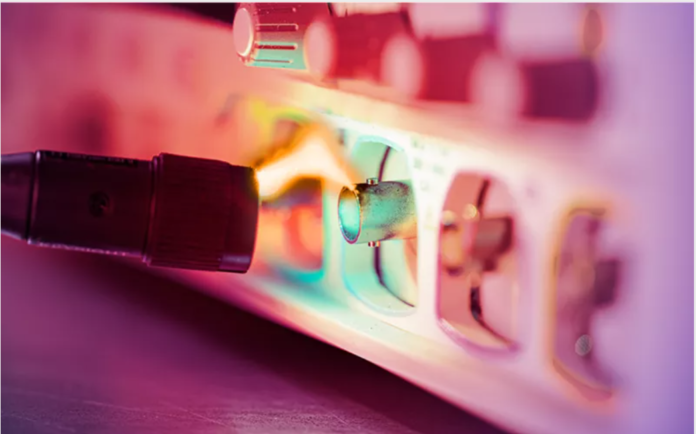SD damage happens to test gear. Period.
Don’t let it happen to you or your precious test equipment!
If you want to see these tips in action, here’s a video for you as well:
Here are 7 tips that will help you avoid ESD damage:
Tip 0: Don’t say “it doesn’t happen to me”
It may be happening but you just don’t know it.
All it takes is a few dozen volts to damage a device under test (DUT) or sensitive test gear. But, You won’t feel a shock until it’s 2000-3000 Volts.
So, you could damage or shorten the lifespan of your gear without even knowing it.
Tip 1: Use a grounded wrist strap (duh)
Why? Your body builds up charge that can discharge into your board or your equipment. See tip 0.
It should be a high Ω path from your body to ground to keep current low, typically the wire has that resistance built-in, not the wristband itself. Mine is typical, with a ~1 MΩ resistance:
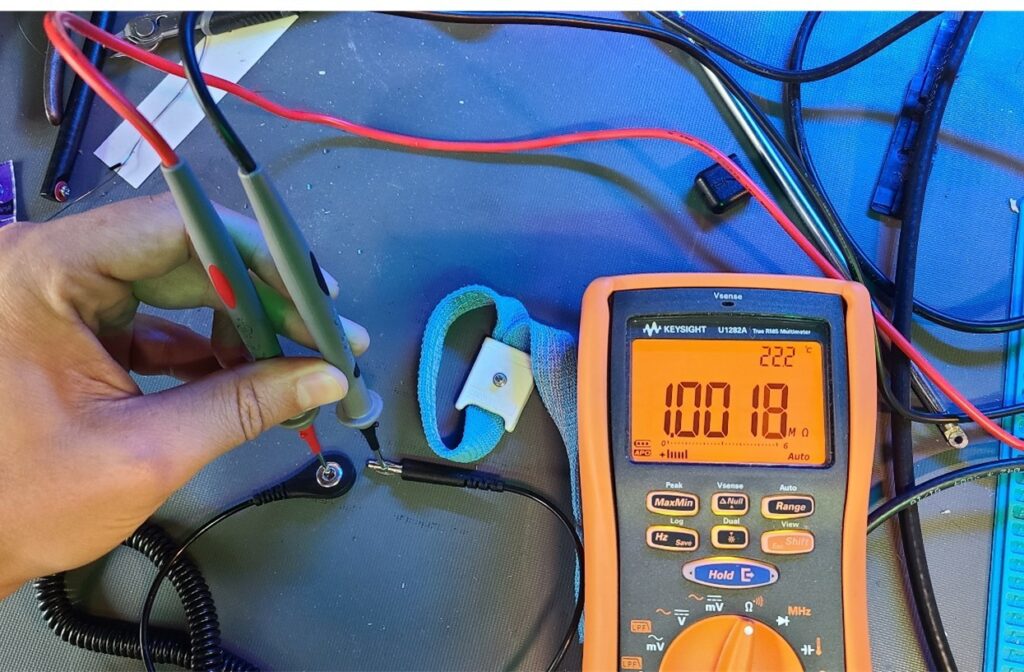
This ESD wrist strap’s cable has a resistance of about 1 MΩ
Tip 2: Use grounded worksurfaces and mats
Non-grounded surfaces can inductively charge your DUT.
Your DUT can then discharge into your test gear’s inputs.
So, make sure to avoid static-generating and insulating materials as work surfaces. As needed, use board standoffs to keep your grounded worksurface from shorting your DUT.
You can ground a mat into your gear if that’s an option, or into the wall outlet with a little wall outlet grounding thingy™.
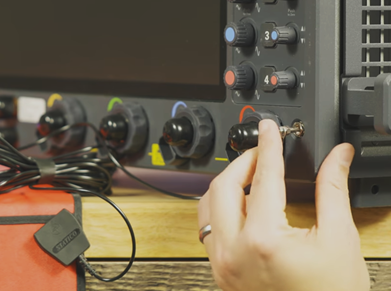
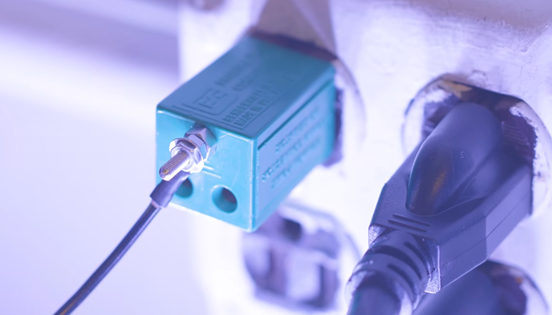
Tip 3: Space it out
Keep charged materials 0.3+ meters (~1 foot) from exposed assemblies. This includes plastics, foam, etc. Anything that can inductively charge your system.
Tip 4: Discharge your cables
Your cables can hold charge and do damage.
I thought this was crazy when I first heard about it, but you should discharge your cables before connecting them to your test gear.
This is a real thing. Here’s proof.
I charged up the center conductor of a cable up to 306 V by rubbing the cable sheath.
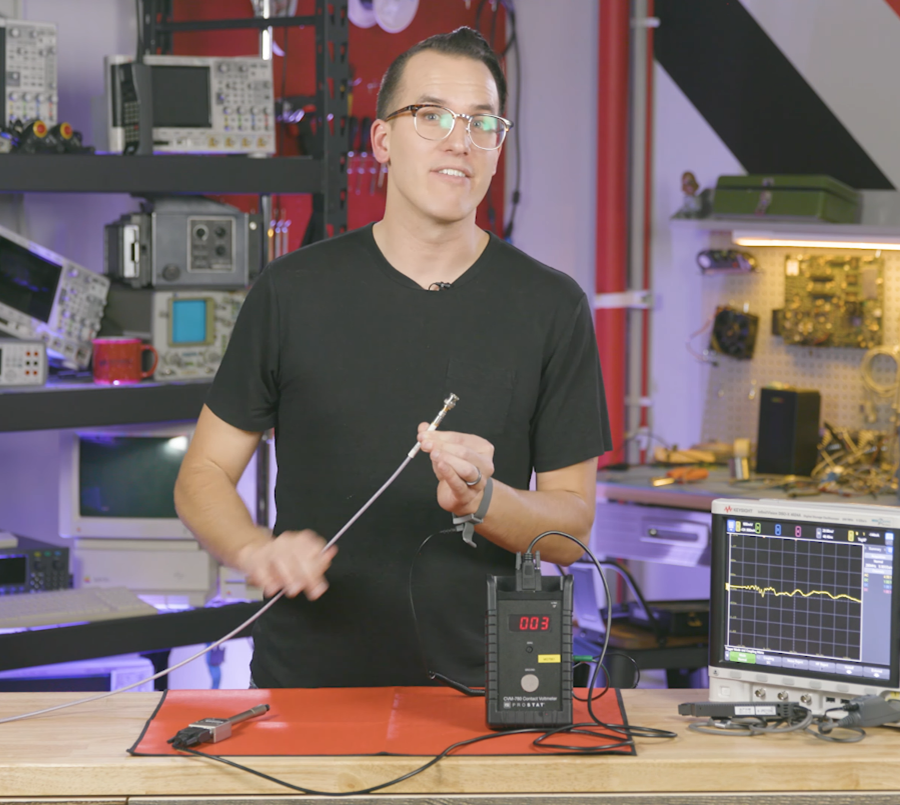
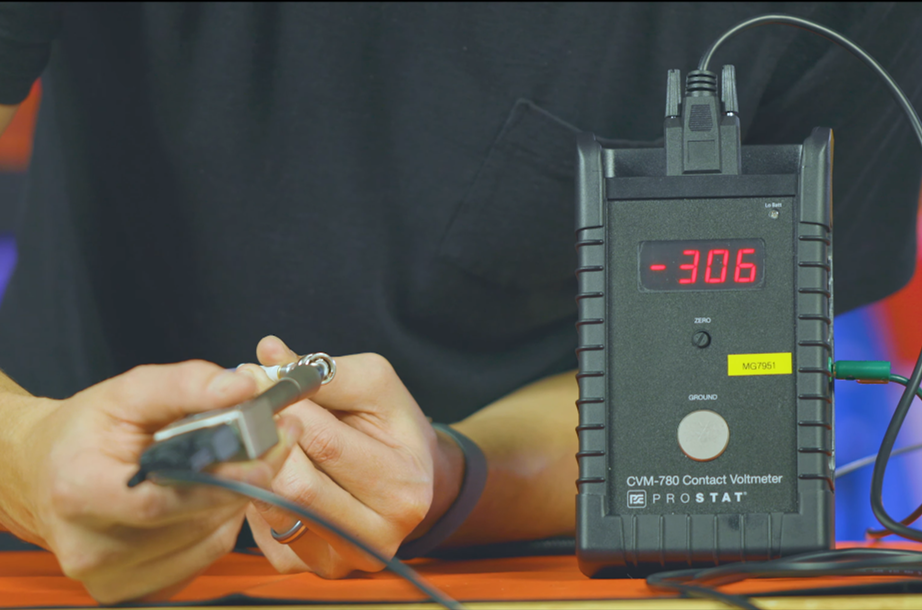
Here’s how to discharge a cable:
Step 1: Make sure your device is off
Step 2: Connect your cable to your DUT
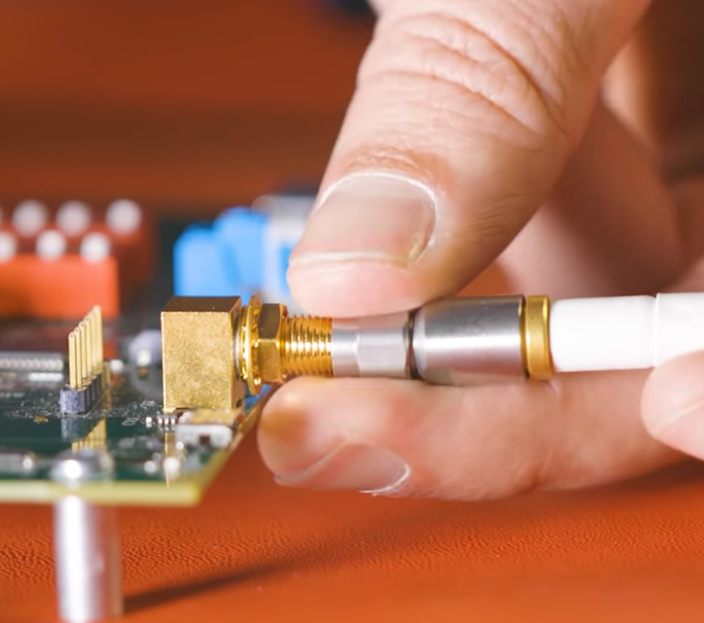
Step 3: Attach a 50 Ω shunt to the open end of the cable. You don’t have to use a fancy one like this, and even a short will do if that’s all you have. Doing this will ground the conductor.
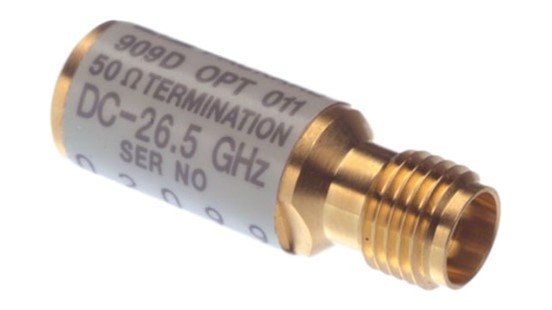
Step 4: Remove the shunt and immediately attach the cable to your test gear
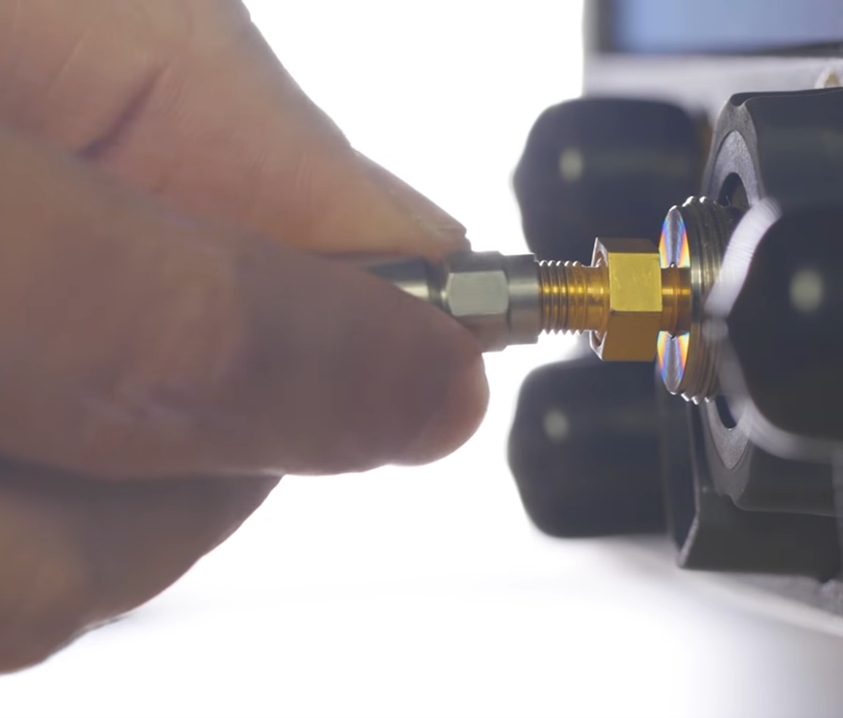
Tip 5: Avoid pink foam packing
Avoid that “pink” packing material you see everywhere, it’s not ESD safe and you can’t trust it.
Tip 6: Cap your equipment inputs
Keep ‘em covered to avoid accidental zappy zappy [insert your own “no cap” joke here. I’d do it for you but I’m not sure I know how to use that phrase yet]
Tip 7: Use ESD-safe bags when transporting boards
Carts/walking/foam can charge up! This will then inductively charge your DUT, and then we’ll be right at square one.
Bonus tip:
Start your testing at the least sensitive input setting, then zoom in. This keeps you from putting too much electron juice into your gear at sensitive settings, which can be more damage prone.
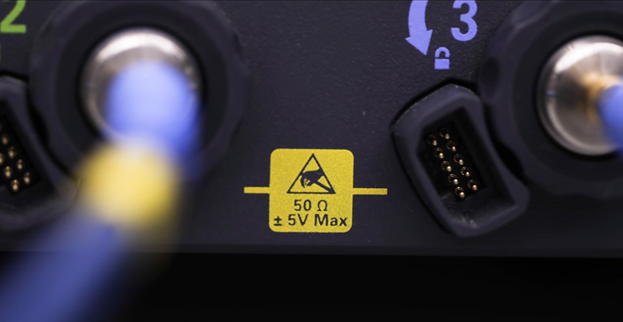
TestEquity are an approved UK partner for Keysight
Content Source: https://blogs.keysight.com/blo…


